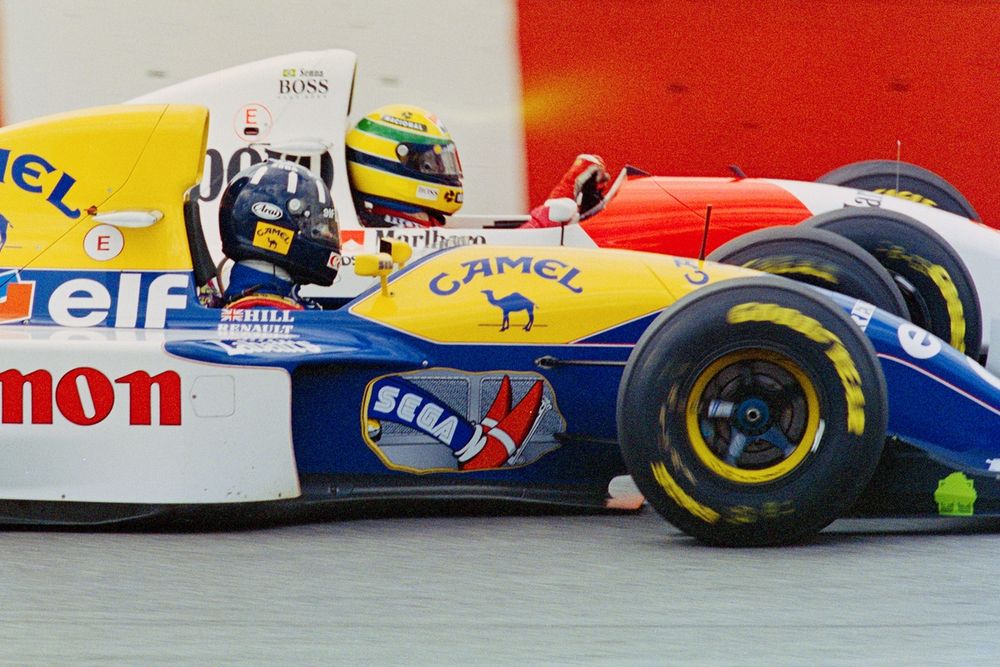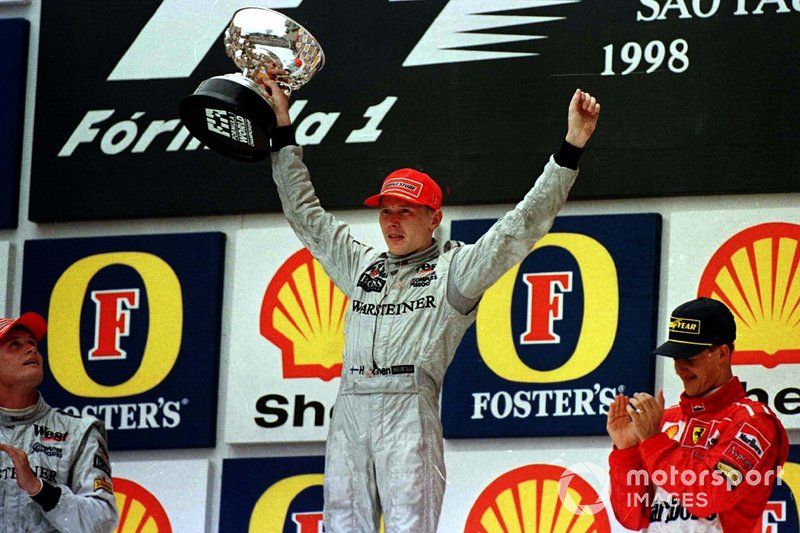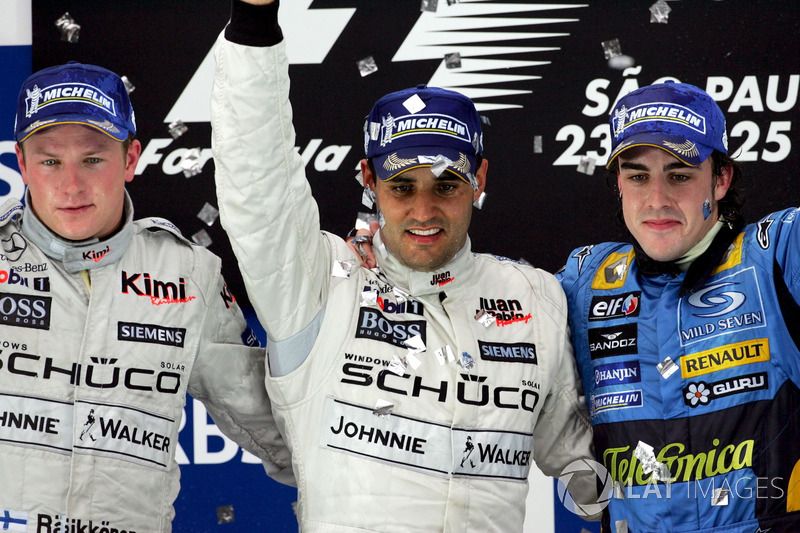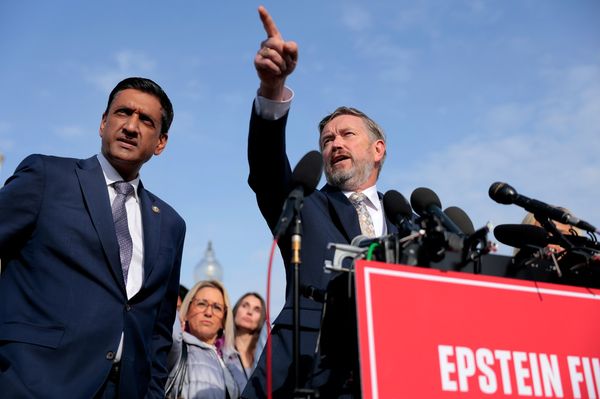
Interlagos 1974 – Fittipaldi triumphs on home soil

McLaren’s 1974 campaign started off strongly, with Denny Hulme winning the opening round in Buenos Aires while Emerson Fittipaldi triumphed on home soil at the old-school, curvy, dusty, bumpy 7.96km Interlagos track.
On his way to a second world title, Fittipaldi took one of just two pole positions for McLaren that year, outpacing Brabham’s Carlos Reutemann by 0.24s; the Argentinian led Lotus’ Ronnie Peterson early on, but his rubber proved too soft and he dropped out of the points.
A duel between Peterson and Fittipaldi ensued, and the Sao Paulo native took the lead on lap 14, with former team-mate Peterson subsequently suffering a puncture.
Fittipaldi comfortably led the remainder of the race until a torrential downpour caused it to be red-flagged – well, the chequered flag was waved early; an error by race control meant Fittipaldi and Ferrari’s Clay Regazzoni completed one more lap than everyone else.
Jacarepagua 1984 – Lauda somehow gifts team-mate Prost victory

Fast-forward 10 years, and F1 now regularly visits Rio de Janeiro’s very flat Jacarepagua track, having ditched Interlagos over safety concerns. Four different constructors won the first four grands prix there – Ferrari, Williams, Renault, Brabham – and McLaren made it five in 1984.
Reigning world champion Nelson Piquet was hampered by an off and an engine failure in qualifying, ending up seventh on the grid, with Lotus’ Elio de Angelis achieving his second pole position, half a second faster than Michele Alboreto (Ferrari), Derek Warwick (Renault) and Alain Prost (McLaren).
What a race it was! De Angelis bogged down at the start, so Alboreto led early on, but the Italian spun out due to a brake failure. With a strong drive from sixth on the grid, Prost’s team-mate Niki Lauda inherited the lead, having aggressively overtaken Warwick two laps prior. “It may not have looked much, but it was quite a bang!” the Briton said of the contact between the two cars.
Lauda led for 26 laps until an electrical plug failure took him out of the race, and Warwick found himself in the lead by 29 seconds, but the Renault’s front-left suspension had suffered from the collision with Lauda and he retired on lap 52. With a 50-second gap to Renault’s Patrick Tambay, all Prost had to do was bring it home.
Jacarepagua 1985 – Prost kickstarts first title-winning campaign

The next Brazilian Grand Prix, opening Prost’s first title-winning season, was not a straightforward affair for the Frenchman, who qualified down in sixth, 1.349s down on poleman Alboreto (Ferrari), with the Williams and Lotus cars in between.
Williams’ Nigel Mansell went off on the first lap, while Prost jumped both Lotus cars up to third. Keke Rosberg led in the FW10 before his turbo went up in flames after just 10 laps.
Alboreto regained the lead but was under pressure from a serene Prost, who comfortably overtook the Ferrari and created a 28-second gap that he managed over the remainder of the race.
Jacarepagua 1987 – Prost’s racecraft proves crucial in heat

After suffering a double DNF due to engine failures in 1986, McLaren bounced back the following year. You wouldn’t have believed it looking at qualifying, as Nigel Mansell and Piquet outpaced their rivals by some two seconds for a Williams 1-2; McLaren’s Prost was 3.047s off in fifth, with new team-mate Stefan Johansson just 10th - his deficit a whopping 4.348s.
Piquet led Lotus’ Ayrton Senna early on, to the crowd’s delight, but the 35C ambient temperature meant both Williams-Honda cars overheated, hampered by paper debris in their radiator intake ducts; a similar problem on Prost’s TAG Porsche-powered McLaren was less impactful.
The Frenchman mastered those tough conditions to nurse his machinery – both engine and tyres – and led runner-up Piquet by over 40 seconds under the chequered flag.
Jacarepagua 1988 – Prost is untouchable again

As McLaren’s supremacy began with its dominant Honda-powered MP4/4, Senna easily took pole – as he often did – over half a second faster than Williams’ Mansell and McLaren team-mate Prost.
Albeit very fast in corners, the Judd-equipped, non-turbo FW12 was some 30km/h slower than the MP4/4 on the straights, and it had a tendency to overheat – hence early retirements for Mansell and team-mate Riccardo Patrese.
Senna hit gearbox trouble before the race had even started, found himself down the order and ended up disqualified for swapping to a different chassis after the formation lap had begun.
In other words, Prost had little competition; he won by 10 seconds over Ferrari’s Gerhard Berger.
Interlagos 1991 – Senna overcomes gearbox gremlins for home win

After Ferrari victories in 1989 and 1990 – the latter courtesy of Prost – McLaren returned to winning ways for the second race on the shortened Interlagos layout, which F1 still races on today.
Senna took his very first home victory from pole position, leading every lap of the race. But that doesn’t mean it was easy; the Brazilian’s MP4/6 lost fourth gear 20 laps from the end, and he was fortunate that his main challenger, Mansell, was taken out of the race by his Williams’ own gearbox.
Senna eventually took a popular victory three seconds ahead of Williams’ Patrese, having enjoyed a gap as large as 42.5 seconds on lap 54.
Interlagos 1993 – Senna shines as rain hits Sao Paulo

There was nothing Senna could do against the mighty Williams in 1992, but rain gave him exactly the opportunity he needed the following year.
Senna qualified in third, nearly two seconds away from polesitter Prost and one second off the second FW15C driven by Damon Hill; Senna did briefly seize second place from Hill at the start but was left battling Benetton’s Michael Schumacher while the Williams cars pulled away.
To compound his struggle, Senna was livid to be one of several drivers netting a 10-second stop-go penalty for overtaking under yellow flags, ending up 48 seconds away from the race lead, while his deficit to third-placed Schumacher reached 30 seconds.
Then the monsoon arrived, and it all went wrong for Prost, who misinterpreted an intermittent radio message and stayed out too long in the rain before crashing into Christian Fittipaldi’s Minardi.
For the second time in F1 history, the race was neutralised by the safety car. A fascinating duel ensued between Hill and Senna over the following 20 laps, with the Brazilian coming out on top thanks to a sublime move down the inside at Ferradura. This was McLaren’s 100th grand prix victory – ever so close to record holder Ferrari’s 103-win tally.
Interlagos 1998 – Hakkinen’s grand chelem

Mika Hakkinen’s emphatic victory from pole position in the 1998 Brazilian Grand Prix marked a third consecutive 1-2 for McLaren after 1997’s season-ending Jerez round and the 1998 season opener in Melbourne.
David Coulthard had been very close in qualifying at Albert Park, but Hakkinen took an uncontested pole at Interlagos with a 1m17.092s lap that was 0.665s faster than his team-mate’s; everyone else was at least a second off.
McLaren overwhelmingly dominated on Sunday, beating third-placed Schumacher by a minute. Hakkinen was shadowed by Coulthard throughout the race – but never actually threatened.
Interlagos 1999 – McLaren overcomes reliability concerns with Hakkinen

Hakkinen won again in 1999, but Schumacher gave him a much harder time.
As was the case in the opening round, the Finn got pole ahead of team-mate Coulthard, with Stewart’s Rubens Barrichello a surprise but distant third ahead of Schumacher.
But on the way to a dominant 1-2 in Melbourne, McLaren had suffered a costly double retirement due to mechanical problems.
Things went wrong again in Sao Paulo as Coulthard stalled on the grid and eventually retired due to gearbox issues. Meanwhile, Hakkinen lost the lead to local hero Barrichello on the fourth lap as he suffered a temporary transmission malfunction, dropping to third but putting Schumacher under intense pressure.
Barrichello slowed down after his pitstop with engine problems causing his eventual retirement, and Hakkinen successfully overcut Schumacher, making the most of four quick laps in a light car before refuelling.
Interlagos 2001 – Coulthard makes the most of Montoya’s misfortune

The 2001 Brazilian Grand Prix arguably belonged to Juan Pablo Montoya.
Williams’ rookie driver qualified fourth for his third F1 race, sandwiched between the McLarens, who had a terrible start to the race – Hakkinen stalled and Coulthard was overtaken by Montoya, whose team-mate Ralf Schumacher dropped down from second to fifth.
The safety car was deployed to clear Hakkinen’s McLaren from the grid, and as soon as the race restarted, Montoya muscled his way past Schumacher for the lead.
By lap 38, the older Schumacher had made a first pitstop and Montoya led Coulthard by six seconds, but that was when he was rear-ended and taken out of the race by backmarker Jos Verstappen.
Coulthard pitted 15 laps later than Schumacher and overcut him, then survived a downpour as his rival lost control on a wet white line, winning by 16 seconds. Only they finished on the lead lap.
Interlagos 2005 – McLaren 1-2 fails to prevent Alonso’s title

By 2005, Interlagos had moved to a late-season slot, and that year’s running of the race crowned Renault’s Fernando Alonso despite a McLaren 1-2.
Alonso enjoyed a 25-point advantage over Kimi Raikkonen ahead of the race and just needed to retain 21 to ensure he would come out on top; the Spaniard gave himself the means to make it real, setting pole position ahead of McLaren’s Montoya, with Raikkonen down in fifth following an error on his qualifying lap.
Raikkonen, however, made short work of BAR’s Jenson Button and Giancarlo Fisichella on the first lap; following a short safety car intervention, Montoya made the most of Alonso running wide at Turn 1 and snatched the lead.
As it happened, Alonso simply didn’t have enough pace to match the McLarens and ended up 25 seconds away from the victory as pitstops unfolded, but that was enough to secure the title. Montoya led Raikkonen by 2.5s under the chequered flag.
Interlagos 2012 – Button win ends McLaren’s era of success

The 2012 Brazilian Grand Prix is well-known as a sensational title decider that swung Sebastian Vettel’s way despite a first-lap collision, but it was also Button’s final career victory and McLaren’s last win until the remarkable 2021 Monza race.
McLaren locked out the front row with Lewis Hamilton just 0.055s ahead of Button, with both drivers battling for the lead early on in slightly damp conditions. But Force India’s Nico Hulkenberg was having the time of his life and snatched the lead way on lap 18.
Hamilton eventually made a move stick on Button. Hulkenberg kept the lead until he made a mistake which let Hamilton through; six laps later, Hamilton locked up behind the backmarking Caterham of Heikki Kovalainen, Hulkenberg consequently lost control of his Force India and hit the McLaren.
Button, who had been four seconds behind, inherited the lead and capped off a solid race that epitomised changeable weather to deny Alonso the win – and the world title.








Read and post comments